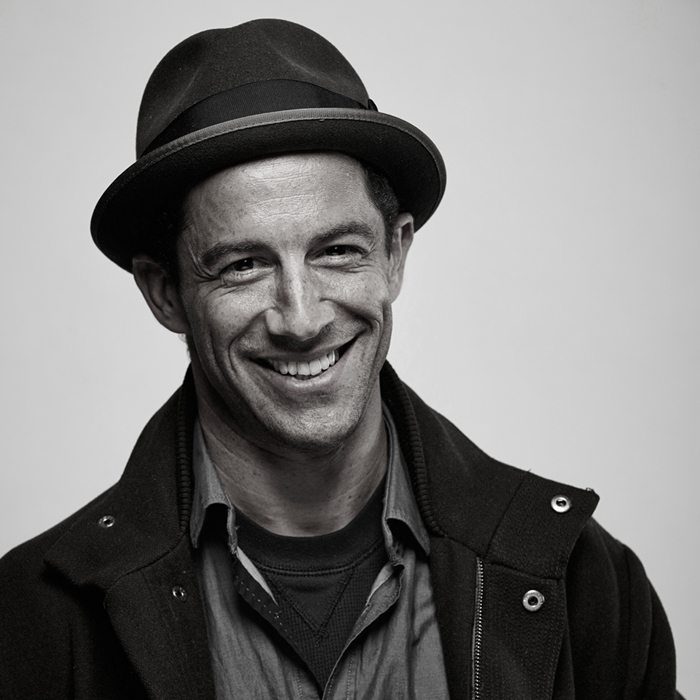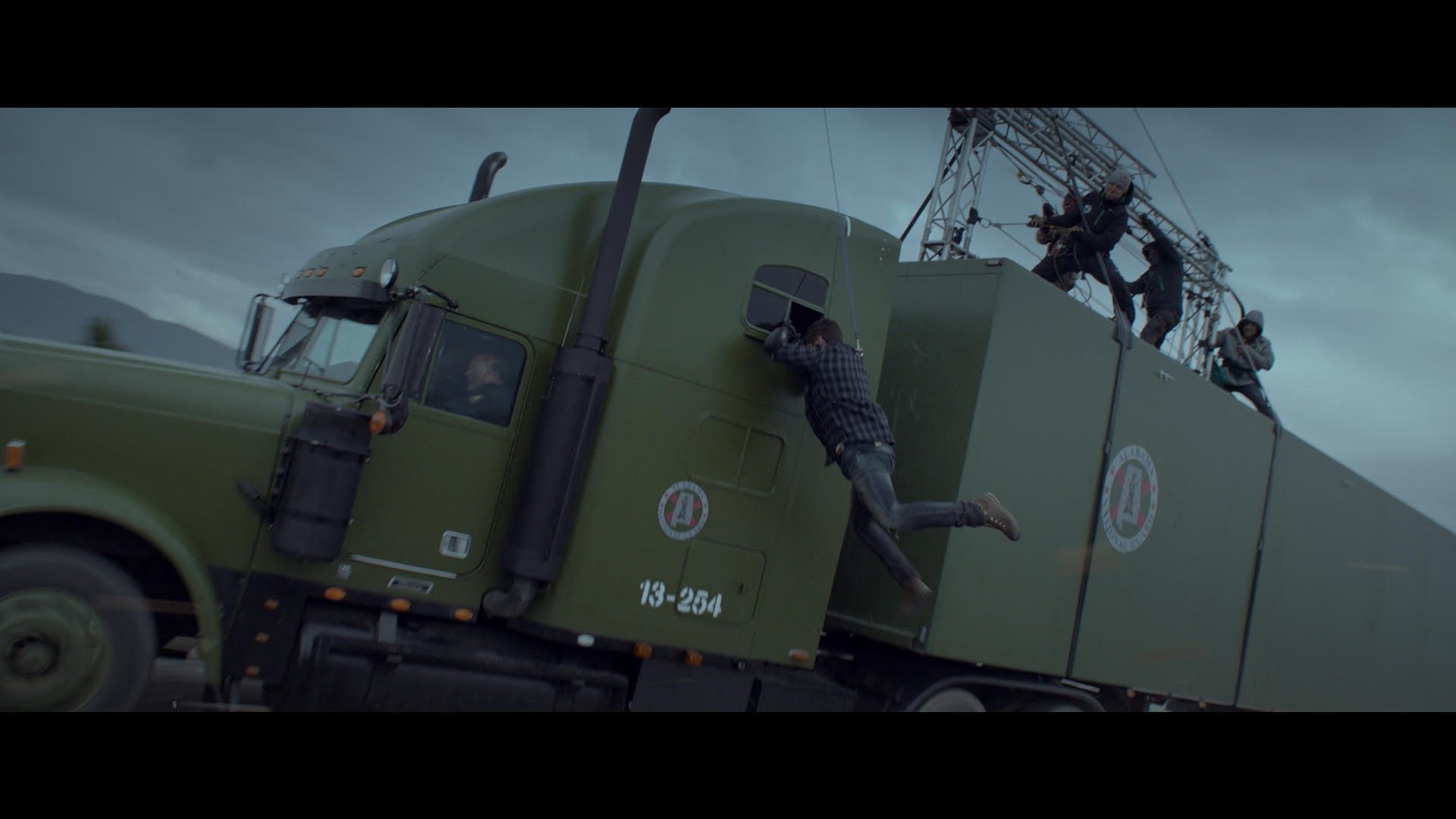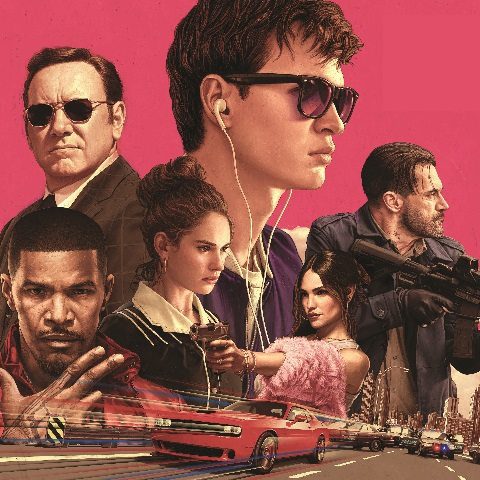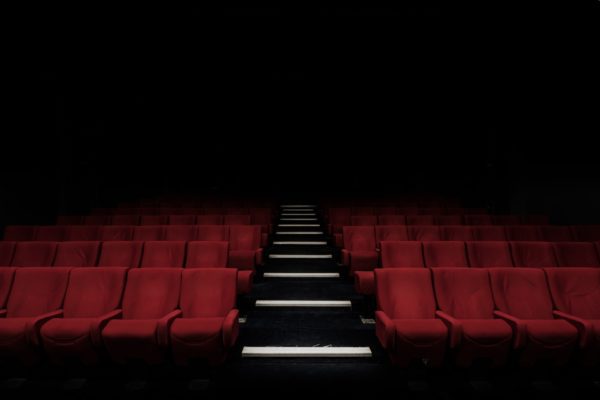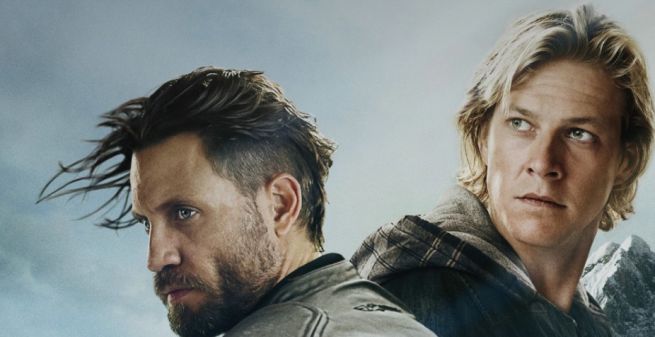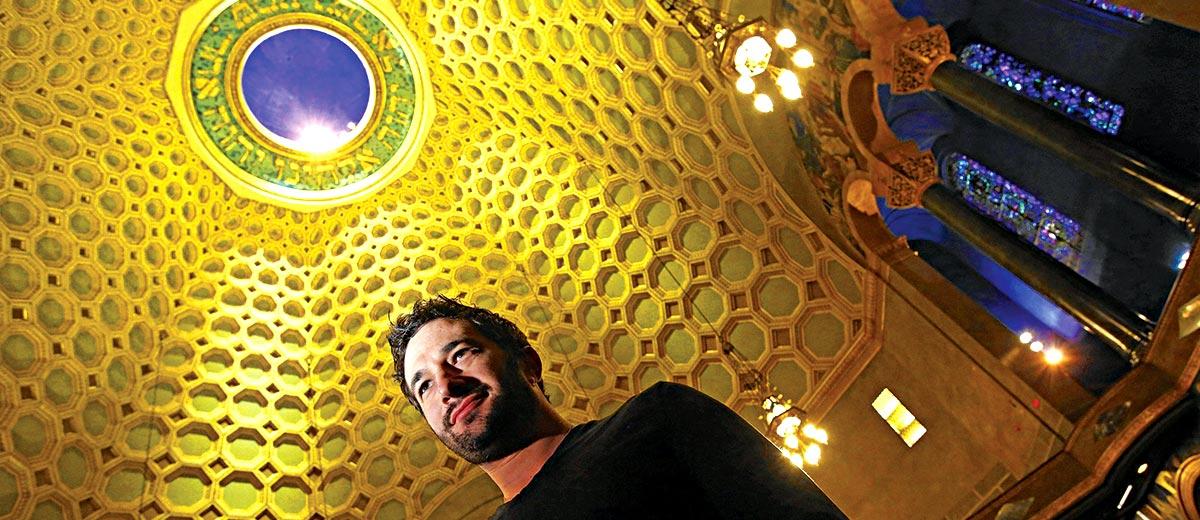
dOctober18: Restoring Tomorrow
Directed by Aaron Wolf, Restoring Tomorrowtells a universal story of hope as a beloved local temple in decay is revitalized through a community’s commitment to recover their history. Wolf follows the journey of the Wilshire Boulevard Temple, a Los Angeles treasure built by the original Hollywood moguls, that needs to raise millions in order to?restore?its…

